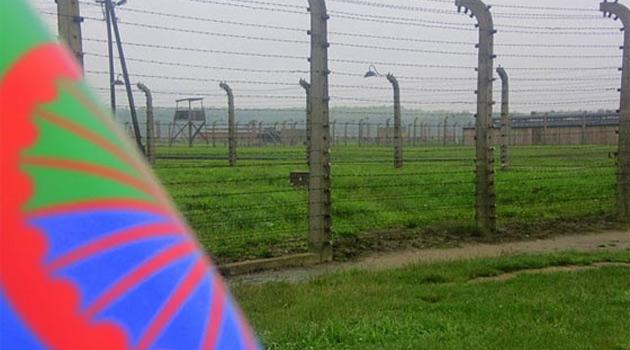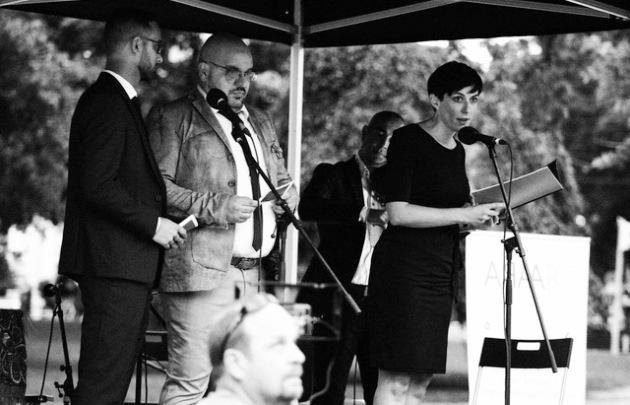European Romani Holocaust Memorial Day marks the murder of more than 4 200 Roma and Sinti by the Nazis on 2-3 August 1944, a death they resisted

In the late night hours of 2 August and the early morning hours of 3 August 1944, the Nazis murdered the prisoners of the so-called “Gypsy Family Camp” that was part of the Auschwitz-Birkenau extermination camp. At least 2 898 Romani and Sinti people were gassed to death in a single night.
According to a recent study published by the Auschwitz Memorial and Museum, however, upwards of 1 000 more Romani and Sinti prisoners also died that evening. It is now estimated that the total number of Romani and Sinti people murdered on 2-3 August 1944 was as many as 4 200; in addition, the same research discusses the active resistance by these prisoners at Auschwitz.
All over Europe, members of these communities annually commemorate 2 August to remember this history. In 2011, the Parliament in Poland (the Sejm) established 2 August as the Genocide Remembrance Day of the Roma and Sinti (Dzień Pamięci o Zagładzie Romów i Sinti) to mark the anniversary of what was the concluding phase in the extermination of the Roma and Sinti at Auschwitz.
In 2015 the European Parliament declared 2 August European Roma Holocaust Memorial Day. There are other days besides 2 August, however, that could be chosen for remembrance, as the Nazis are said to have attempted to annihilate the prisoners of the so-called “Gypsy Camp” at Auschwitz prior to 2 August and to have been prevented from doing so by the prisoners rebelling.
That uprising was assumed to have happened on 16 May 1944, and for that reason, 16 May is usually also called the Day of Romani Resistance, but the above-mentioned study states there is evidence of such an incident happening around the beginning of April of that year. Moreover, the study reports that the prisoners of the “Gypsy Family Camp” actively defended themselves in August 1944 as well.
The research describes how it came about that the date of 16 May was identified as a day of uprising by these prisoners and describes two other times when resistance by the prisoners has been substantiated, one at the beginning of April 1944 and then on 2-3 August 1944. During the 17 months of the existence of what was called the “Gypsy Family Camp” (from February 1943 to July 1944), a total of 23 000 children, men and women were imprisoned there.
Approximately 21 000 Romani and Sinti prisoners, female and male, perished in total at Auschwitz. Others were murdered in the concentration camps at Bełżec, Chełmno, Majdanek, Sobibór and Treblinka.
Others, the numbers of whom can only be estimated with difficulty, were shot to death and buried in mass graves in forests. Nazi Germany’s extermination policy led, according to estimates, to the death of at least half a million Romani and Sinti people from all over Europe.
Some estimates assume as many as 800 000 victims, equivalent to anywhere between one-fourth and one half of the prewar Romani population. In the Czech Republic, some cities and institutions will mark 2 August this year by flying the Romani flag on their official buildings.
Český Krumlov, Jihlava, and the Prague municipal department of Řeporyje will all mark 2 August in this way. At the Auschwitz Memorial in Poland, the traditional commemorative ceremony there will feature remarks by the President of the Slovak Republic, Zuzana Čaputová.
Also in the Czech Republic, Romani and other figures will gather on 2 August at Lety u Písku, the site of one of the concentration camps in the Protectorate of Bohemia and Moravia from which prisoners were transported to Auschwitz. On 2 August in the evening, an event called “Leperiben: My nezapomínáme” (We Do Not Forget) will be held on náměstí Míru (Peace Square) in Prague.
VIDEO
